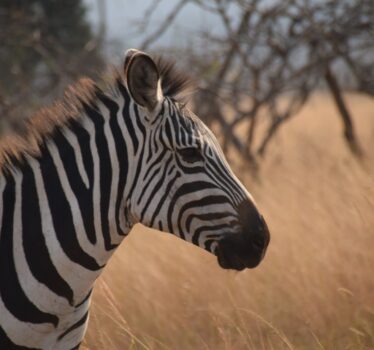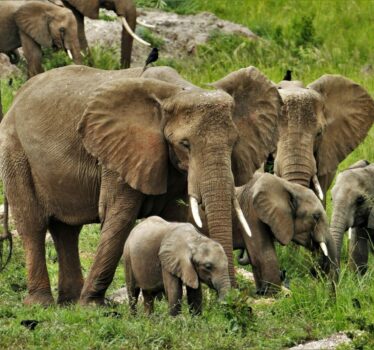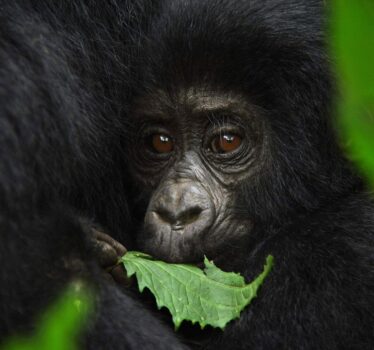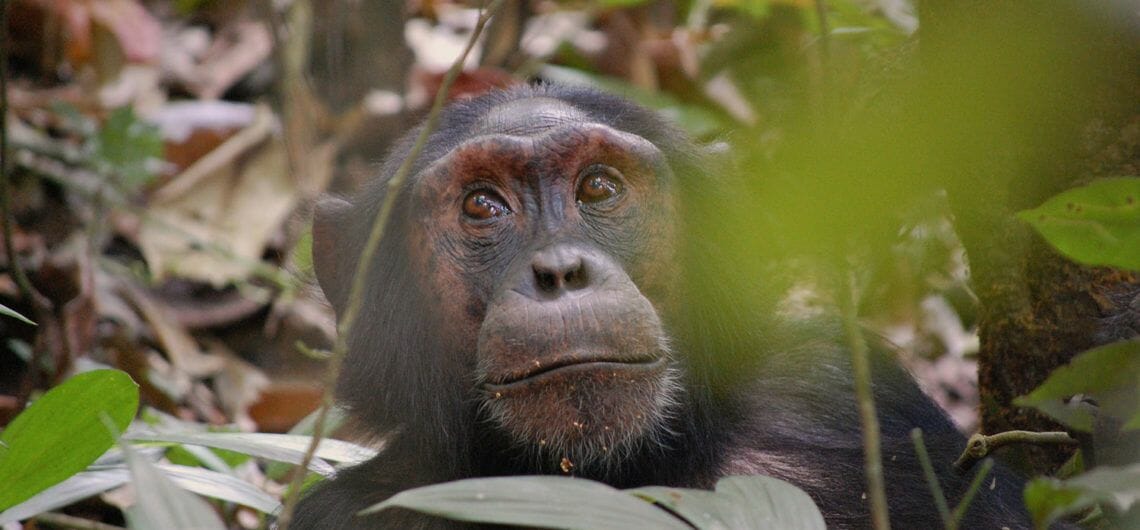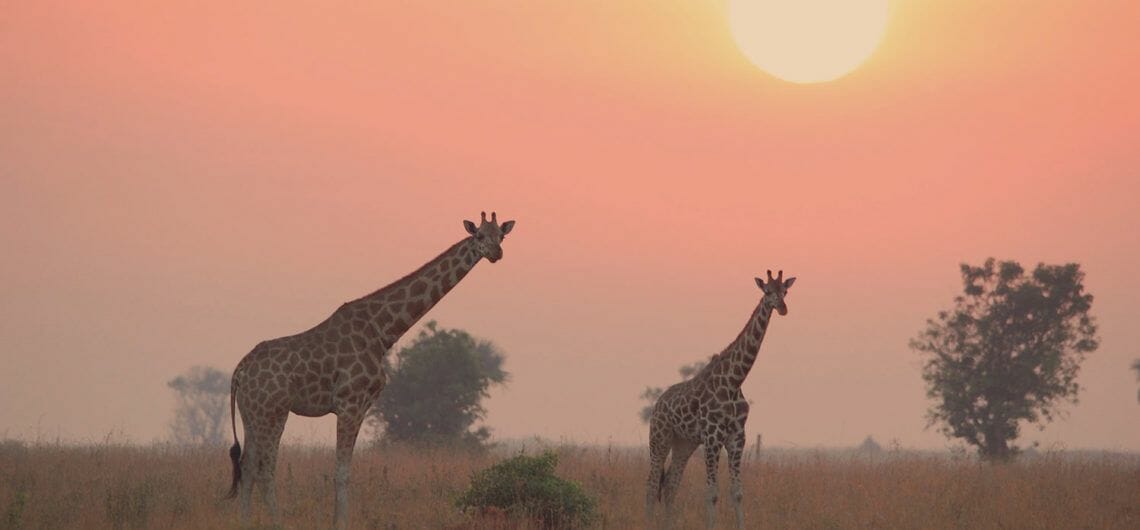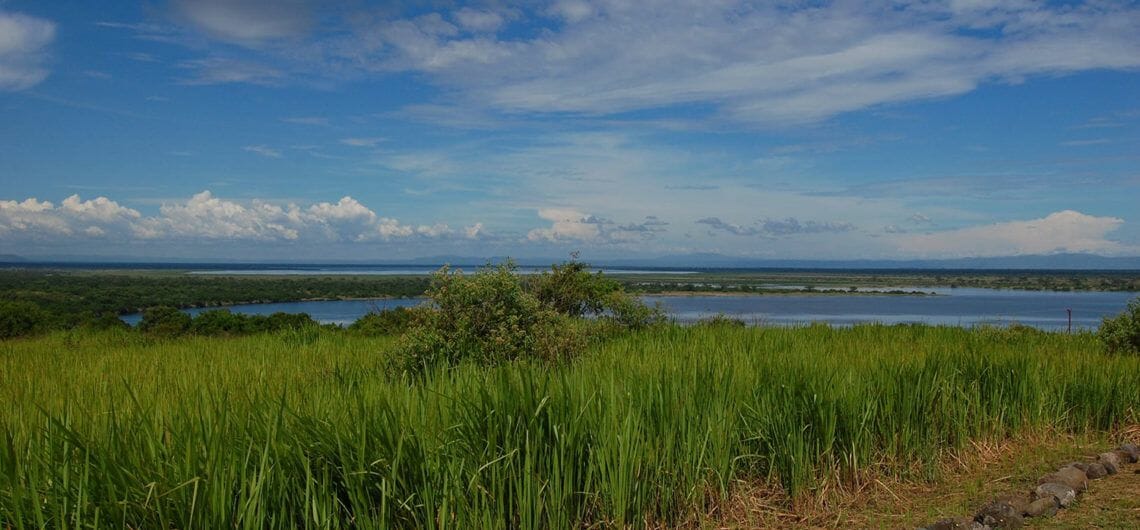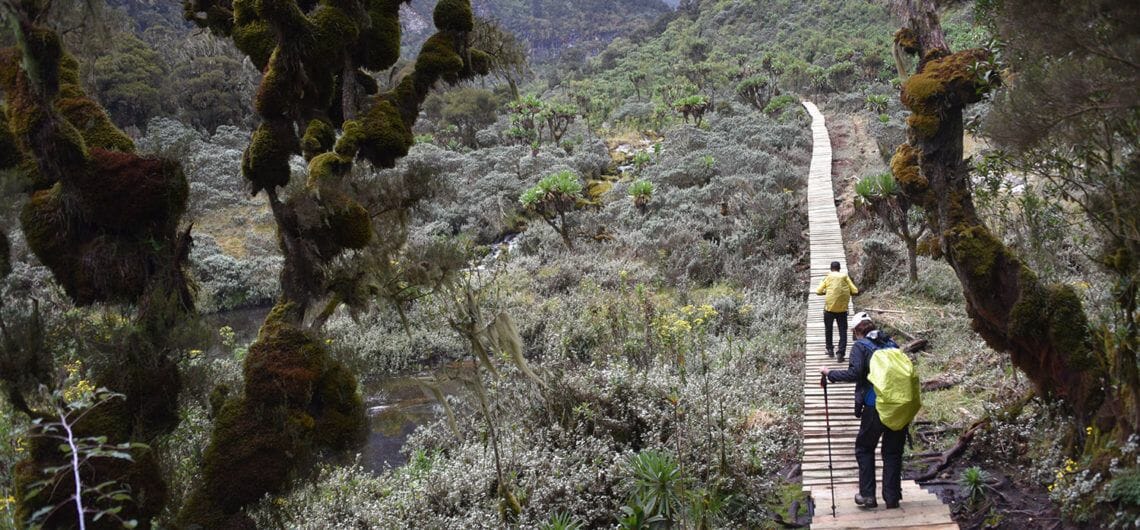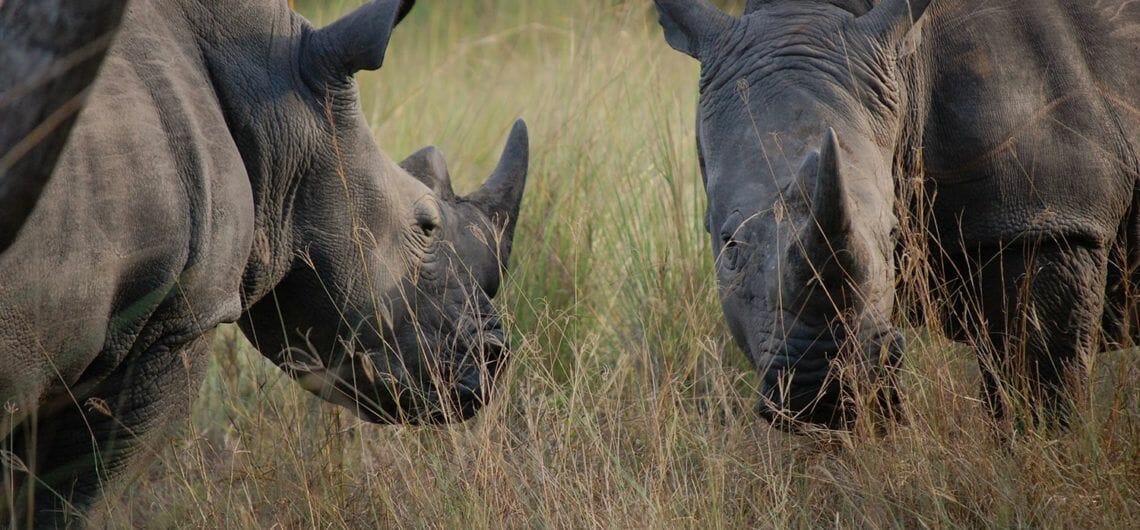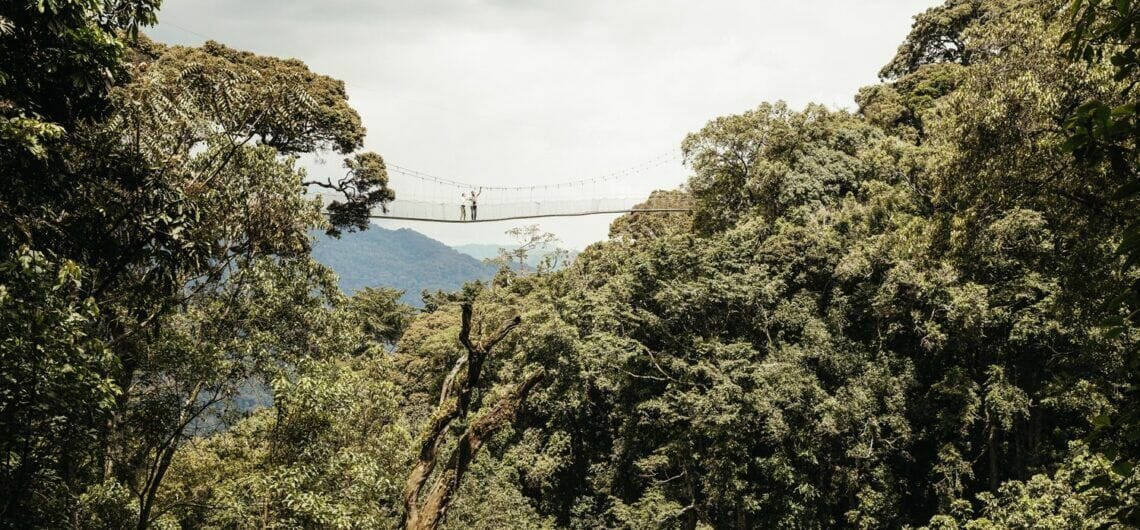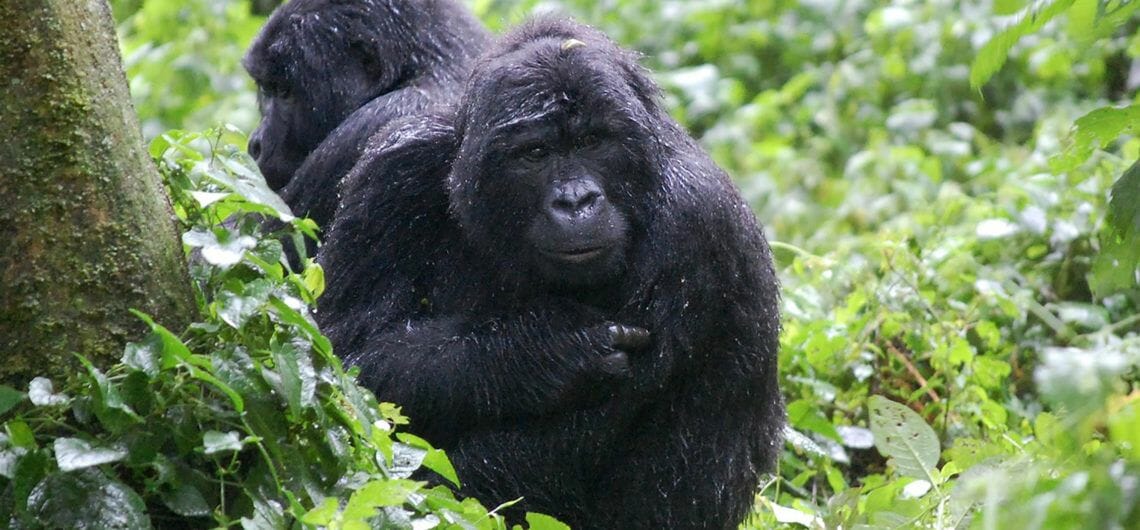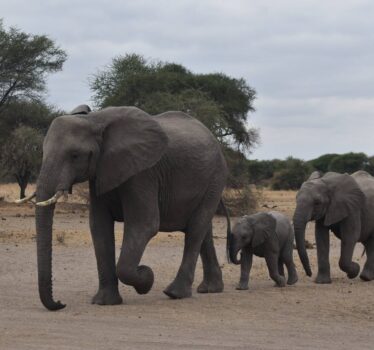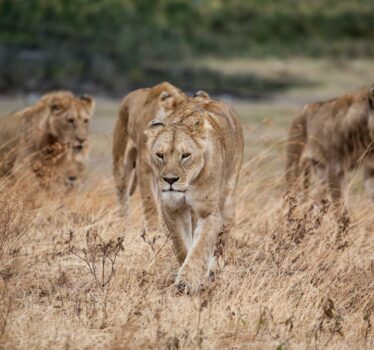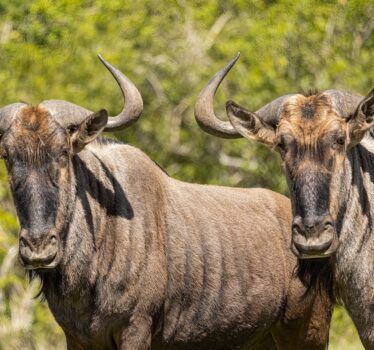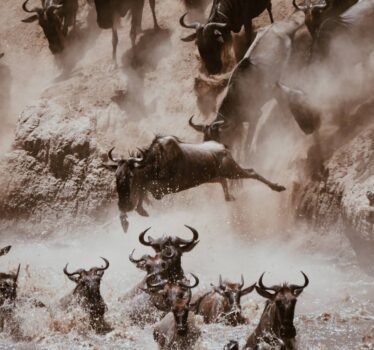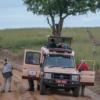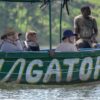Jinja
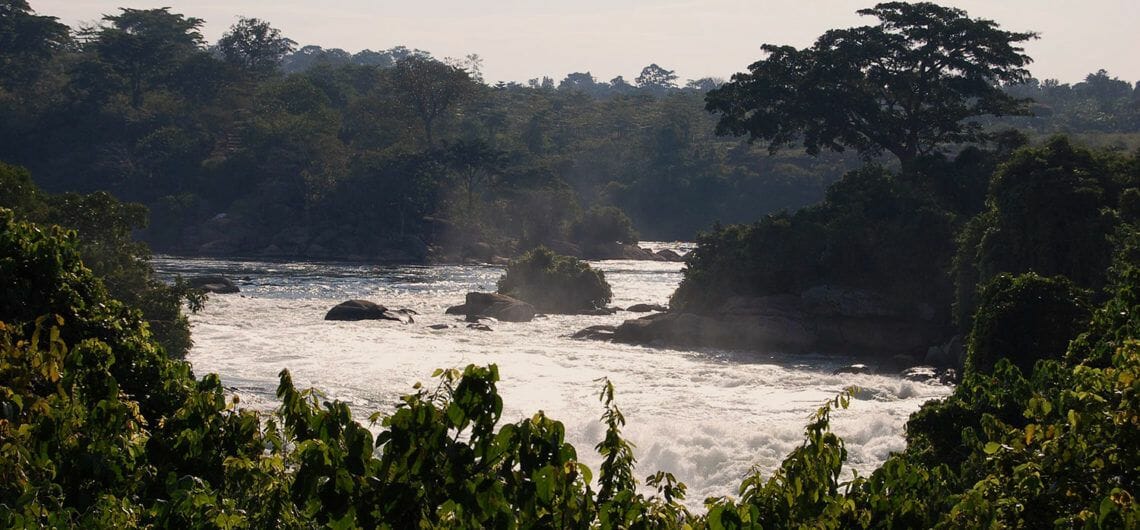
Jinja
Jinja is famous for being home to the source of the Nile, the world’s longest river. It also has the second largest economy in Uganda, with industry basing itself here because of the nearby electric power station at the Owen Falls Dam.
German architect and urban planner Ernst May planned the city under colonial rule in 1948. He designed the urban planning scheme for Kampala as well, creating what he called ‘neighbourhood units’. Jinja retains its distinctly colonial feel even today.
Souvenir shops are found in Jinja; it’s one of the few places where you can get all kind of African souvenirs, drums, Ugandan guitars, handbags, paintings, African print fabric and many more things ideal as presents.
Jinja is also known as the adventure capital of Uganda, because of the different activities it has to offer, from horseback riding to white water rafting to quad biking and kayaking.
Size and accessibility:
Jinja is the biggest town in the Jinja district, with a population of around 80,000.
By Car:
The 80 km from Kampala takes about 2 hours due to the high volume of traffic using this route.
Activities:
White water rafting
Horseback riding
Quad biking
Kayaking
Source of the Nile

